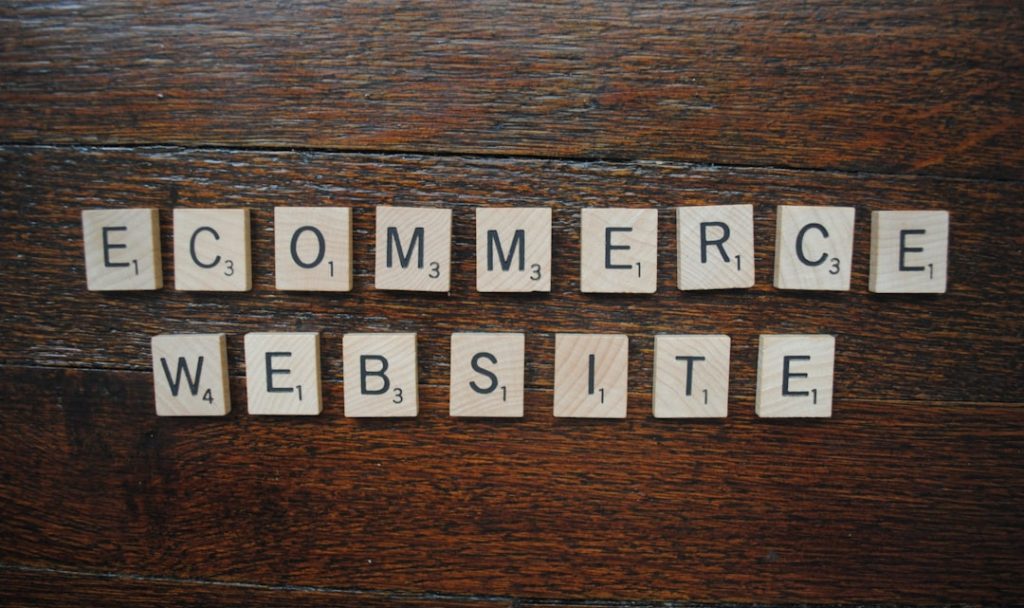So, you’re running a small business and want to tap into the online market, but the thought of building a website from scratch seems daunting? You’re not alone! Many entrepreneurs find themselves in the same boat. The good news is you absolutely can sell online without a website. Let’s explore some simple, effective ways to make it happen.
Why Sell Online Without a Website?
First, let’s address the elephant in the room. Websites can be time-consuming and expensive to set up and maintain. You need to think about design, hosting, security, and updates. For a small business just starting out, or one with limited resources, these factors can be a significant barrier.
Selling without a website allows you to:
- Start selling faster.
- Test your products or services in the market without a big investment.
- Focus on marketing and sales instead of website management.
Platforms to the Rescue: Your Website Alternatives
Instead of a dedicated website, you can leverage existing online platforms to showcase and sell your products. Think of these as your virtual storefronts, each with its own audience and set of tools.
Social Media Marketplaces
Facebook Marketplace & Instagram Shopping: These platforms are goldmines for small businesses. With billions of users, the potential reach is enormous. You can create product listings directly on Facebook Marketplace or tag products in your Instagram posts, allowing customers to purchase seamlessly. It’s visually driven, making it perfect for showcasing your products with high-quality images and videos.
Example: A local bakery could post mouth-watering photos of their pastries on Instagram, tagging each with prices and a direct link to purchase through Instagram Shopping. Boom! Instant online sales.
E-commerce Marketplaces
Etsy: If you sell handmade, vintage, or unique items, Etsy is your best friend. It’s a community of buyers specifically looking for those types of products. Setting up a shop is relatively easy, and Etsy handles the payment processing and provides marketing tools to help you reach your target audience.
eBay: Don’t underestimate the power of eBay. It’s not just for used goods; many small businesses sell brand-new products on eBay. Its auction and “Buy It Now” formats provide flexibility, and its global reach is unparalleled.
Amazon Marketplace: While more competitive, Amazon offers tremendous exposure. Millions of customers visit Amazon daily, searching for everything imaginable. Listing your products here can significantly increase your sales volume. Be prepared to invest time in optimizing your product listings and managing customer service.
Online Classifieds
Craigslist: While it might seem old-school, Craigslist is still a viable option for local sales, especially for larger items or services. It’s free to list (in most categories), and you can connect with customers directly.
Digital Product Platforms
Gumroad: Ideal if you’re selling digital products like ebooks, online courses, or music. Gumroad simplifies the selling process, handling payment processing and delivery. Its focus on creators makes it a great fit for artists, writers, and educators.
Tips for Success: Selling Smart Without a Website
Okay, so you’ve chosen your platform(s). Now, how do you make sure you’re actually successful?
- High-Quality Product Photos: This is non-negotiable. Your photos are your storefront window. Make them clear, well-lit, and appealing.
- Detailed Product Descriptions: Don’t leave customers guessing. Provide all the important information, including materials, dimensions, care instructions, and benefits.
- Competitive Pricing: Research what similar products are selling for and price accordingly. Consider offering discounts or promotions to attract buyers.
- Excellent Customer Service: Respond to inquiries promptly and professionally. Happy customers are more likely to leave positive reviews and recommend your business.
- Leverage Social Media: Even if you’re not selling directly on social media, use it to promote your products and drive traffic to your online stores.
- Collect Customer Emails: Start building an email list so you can directly market to your customers and announce new products or promotions.
The Downside: Things to Keep in Mind
While selling without a website offers many advantages, it’s essential to be aware of the potential drawbacks:
- Platform Dependency: You’re at the mercy of the platform’s rules and policies. They can change their fees, restrict your listings, or even shut down your account.
- Limited Branding: It can be harder to establish a strong brand identity when you’re selling on someone else’s platform.
- Fees and Commissions: Most platforms charge fees or commissions on your sales, which can eat into your profit margin.
- Competition: You’re competing with many other sellers, making it challenging to stand out.
The Future: When to Consider a Website
Selling without a website is a fantastic starting point. However, as your business grows, you might want to consider investing in a dedicated website. A website gives you complete control over your brand, allows you to build direct relationships with your customers, and provides more flexibility in terms of marketing and sales.
If you want to take your business to the next level and create a professional brand presence, a website is indispensable.
Explore Website Builder Options
So, take that first step! Explore these platforms, put your products out there, and start connecting with customers. The online world is waiting for you, and you don’t need a fancy website to join the party.
